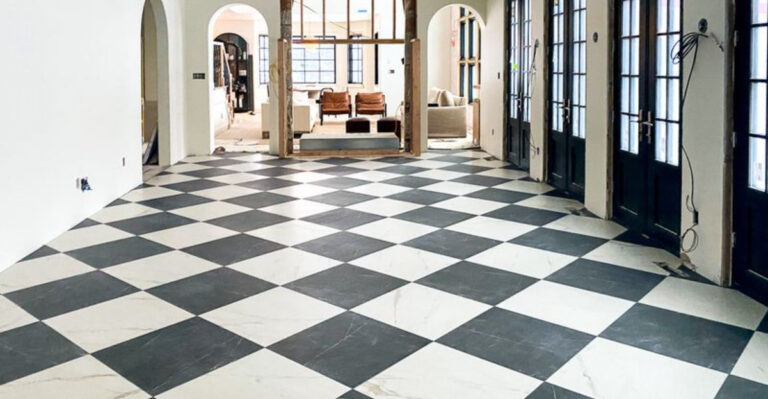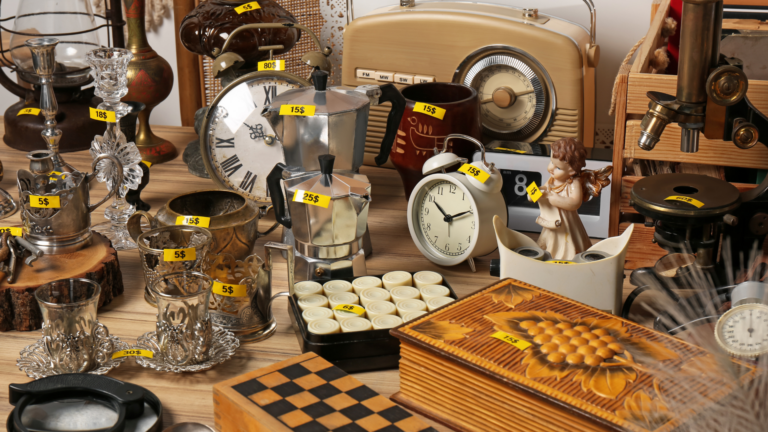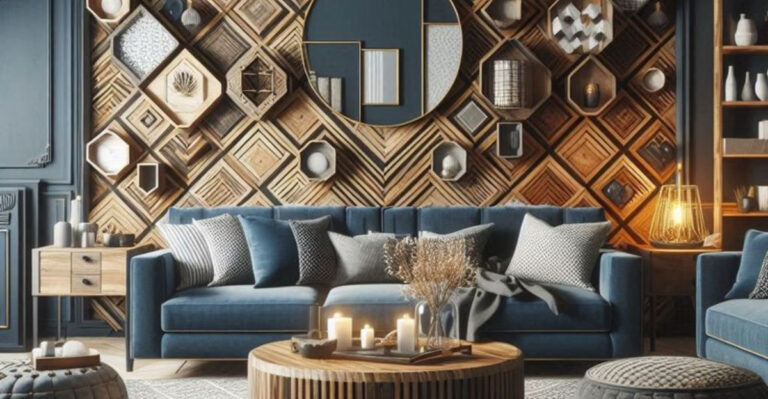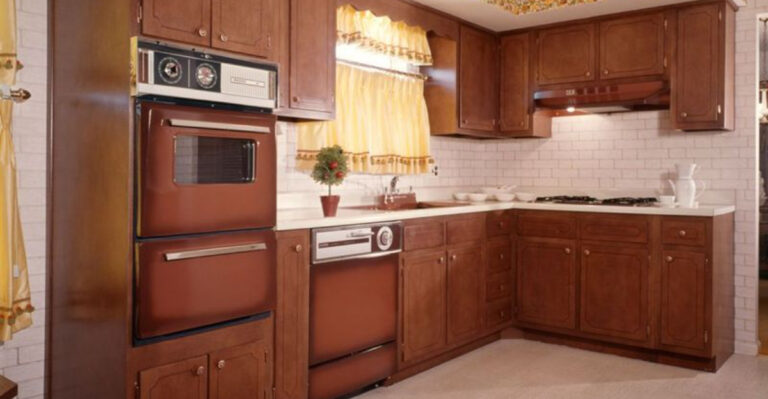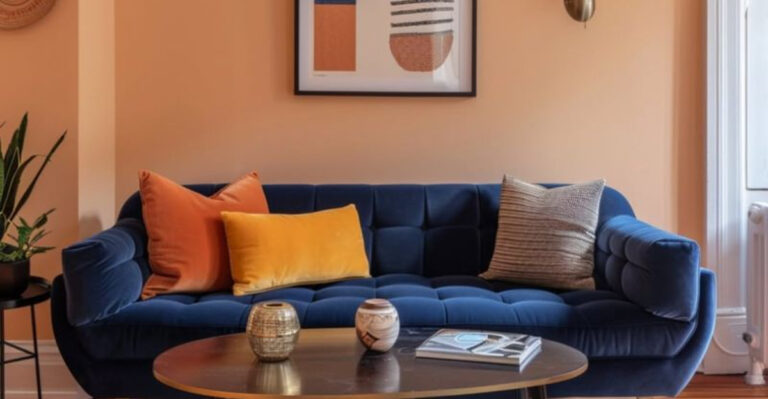17 Hidden Moroccan Design Elements Most People Miss
Every time I step into a Moroccan-inspired room, I’m instantly drawn to the bold rugs, patterned tiles, and gleaming lanterns. But there’s always more than meets the eye.
Beyond the obvious beauty, Moroccan design quietly weaves in layers of meaning, tiny handcrafted details, symbolic shapes, and materials rooted in tradition.
These are stories passed down through generations. And honestly, the more I learn, the more I fall in love with the subtle things most people overlook.
1. Tadelakt Waterproof Plaster
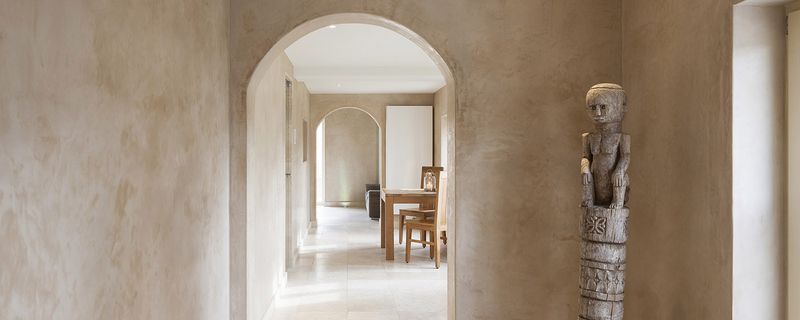
Long before modern waterproofing came along, Moroccans created tadelakt – a lime plaster mixed with olive soap that keeps water out naturally.
You’ll spot this smooth, seamless surface in bathrooms and around sinks, often in earthy colors. The magic happens when craftsmen polish it with stones, creating a surface that’s both waterproof and breathable.
Some folks mistake it for painted concrete, but run your hand across it and you’ll feel its buttery-smooth texture that no paint can mimic.
2. Zellij Geometric Calculations

If you’ve admired those intricate tile mosaics called zellij, you probably missed the mind-boggling math behind them. Each tiny piece follows strict geometric rules based on principles that date back to the 10th century.
Craftsmen don’t use computers or calculators – just simple tools and knowledge passed down through generations.
Look closely at authentic zellij and you’ll notice how all pieces radiate from central points in perfect mathematical harmony.
3. Secret Symbolic Doorways
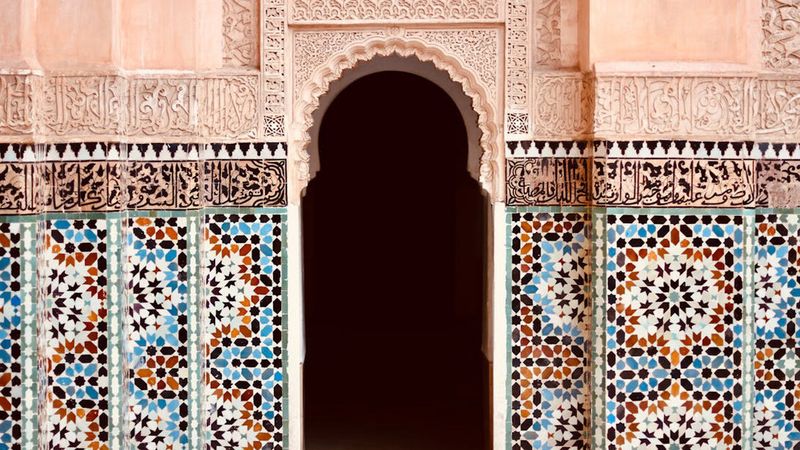
Wanna know why Moroccan doors often feature hand shapes, fish, or five-pointed stars? These aren’t just pretty decorations!
They’re actually ancient symbols meant to ward off the evil eye and bring good fortune to everyone who enters. The hand symbol (khamsa) represents protection, while fish symbolize abundance.
Sometimes homeowners hide these symbols in subtle door carvings or metalwork. Next time you see a Moroccan door, try spotting these sneaky good-luck charms tucked into the design!
4. Carved Plaster Ventilation

Those fancy plaster carvings on walls aren’t just for show! Called gebs, these intricate designs cleverly disguise air circulation systems that keep rooms cool without electricity.
Moroccan builders mastered this natural air conditioning centuries ago. The carved holes allow hot air to escape while creating beautiful shadow patterns as sunlight filters through.
Many tourists snap photos of these gorgeous wall details without realizing they’re actually looking at ancient green technology!
5. Floor Level Changes

Ever noticed how Moroccan rooms sometimes have slight floor level changes? This isn’t poor construction – it’s intentional zoning!
Different heights separate spaces without walls, creating invisible boundaries between eating, sleeping, and socializing areas. The kitchen area might sit slightly lower than the dining space, while seating platforms rise a few inches higher.
This clever technique maximizes small spaces while maintaining an open feel. Floor level shifts also had practical purposes in older homes, like keeping cooking smoke contained or directing water flow.
6. Embedded Tea Glass Holders
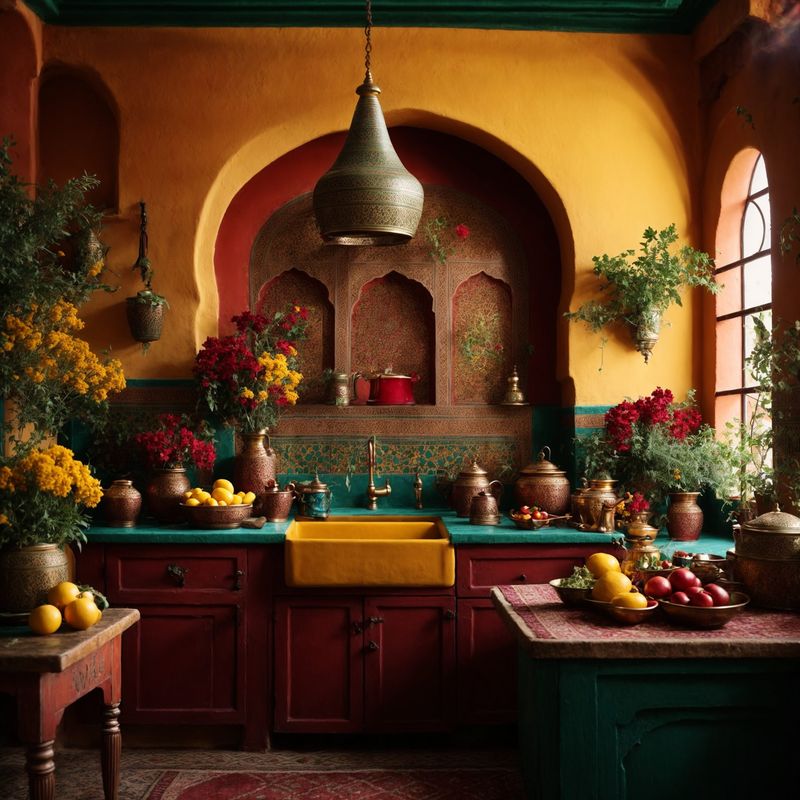
Look closely at some Moroccan walls and you might spot small, round niches that seem out of place. These aren’t random holes but purposeful tea glass holders built right into the architecture!
Mint tea ceremonies hold such importance in Moroccan culture that homes include these permanent spots to place hot glasses.
Usually positioned at sitting height near gathering areas, these little wall cutouts prevent spills and burns. Modern Moroccan designers still incorporate these charming functional details as nods to tradition.
7. Berber Knot Symbolism

Those zigzags and diamond patterns on Moroccan rugs aren’t random – they’re ancient Berber symbols telling stories about fertility, protection, and rural life.
What looks like simple decoration actually forms a complex language understood by rug makers. A diamond with an X inside? That represents the human form. Crossed lines? Protection from evil.
The colors matter too – indigo for wisdom, red for strength. Most tourists buy these rugs for their beauty without realizing they’re walking on family histories and cultural narratives woven into every knot!
8. Copper Ceiling Insulation
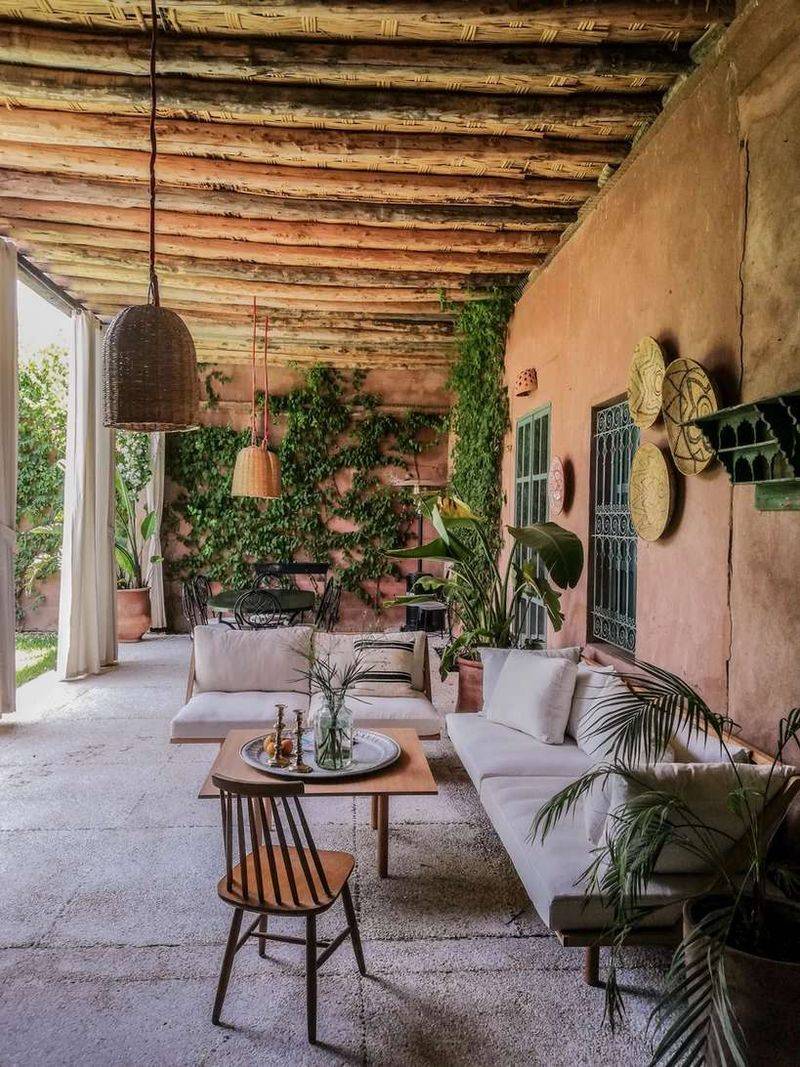
Glance up in traditional Moroccan buildings and you might notice copper sheets tucked between ceiling beams. While they catch light beautifully, their main purpose isn’t decorative at all!
Copper acts as natural insulation against Morocco’s extreme temperatures. During scorching summers, it reflects heat away from living spaces. In winter, it helps retain warmth inside.
Smart ancient tech at work! Modern designers often mistake this for purely ornamental and leave it out, missing both its practical purpose and subtle amber glow.
9. Sound-Enhancing Alcoves
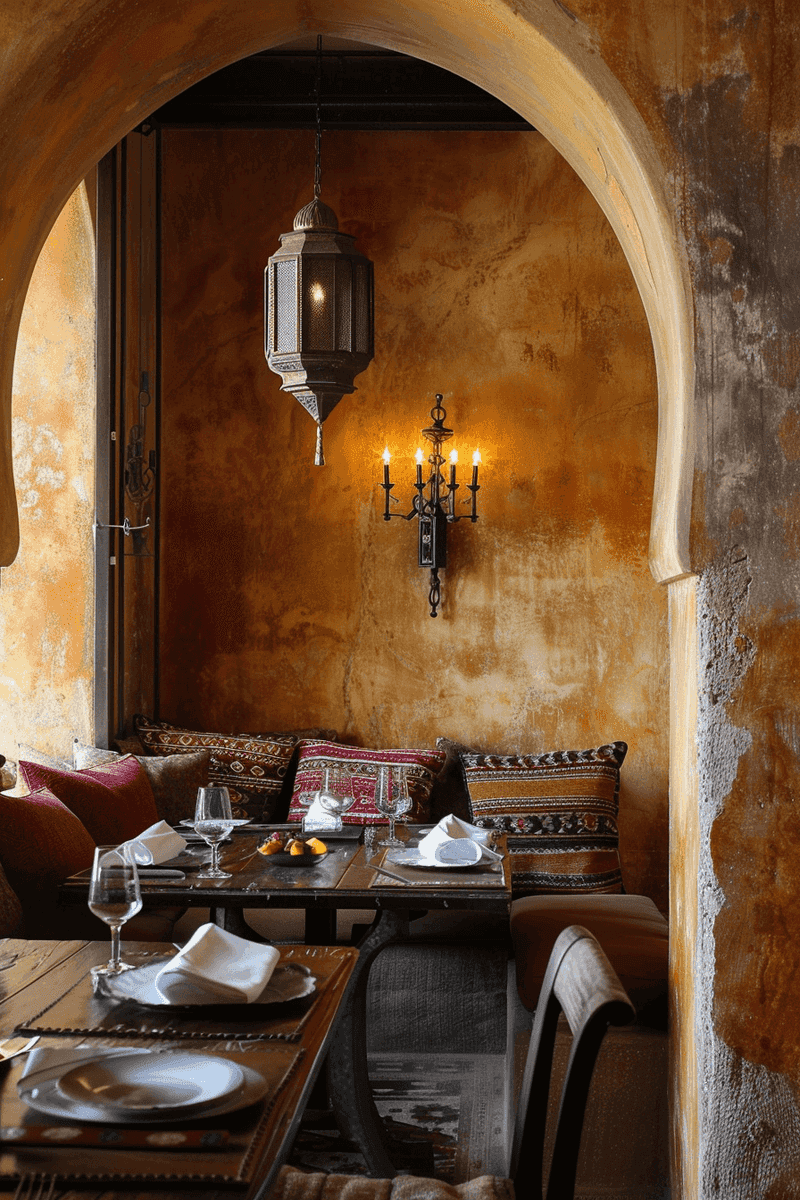
Those curved alcoves in Moroccan dining rooms aren’t just pretty architectural features – they’re acoustic enhancers! The curved shapes bounce conversations around the table so everyone can hear without shouting.
Before electronics, these clever sound-focusing designs made dinner talk flow easily. The math behind these curves follows the same principles used in modern concert halls.
Try this next time: stand in one corner of a traditional Moroccan room and whisper – someone across the room might hear you perfectly thanks to these hidden acoustic tricks!
10. Scented Clay In Walls
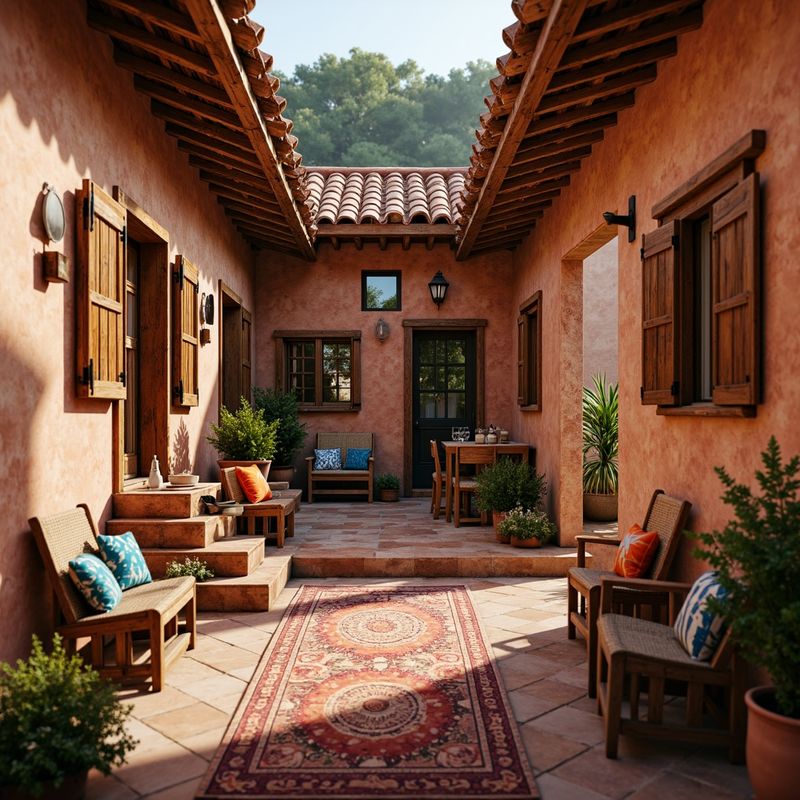
Run your fingers along an authentic Moroccan wall and take a deep sniff – you might catch hints of amber, cedar, or rose! Many traditional builders mix aromatic materials directly into clay or plaster.
This clever trick turns entire walls into natural diffusers that release subtle scents when warmed by the sun or dampened by humidity. Some families have signature scent recipes passed down for generations.
Modern replicas often miss this multisensory element completely, focusing only on how things look rather than how spaces smell.
11. Hidden Water Channels
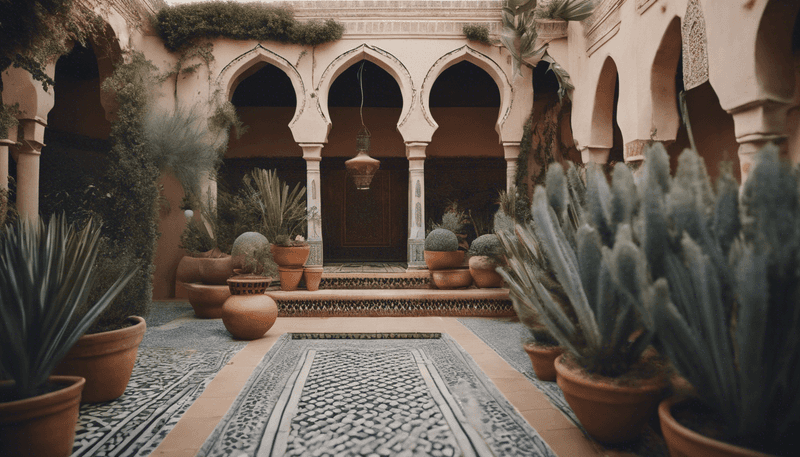
Step into an authentic Moroccan courtyard and you might notice thin grooves running along the floor. These aren’t cracks but miniature water channels deliberately carved to direct rainwater!
In a country where water is precious, these clever pathways guide every drop to indoor plants or storage cisterns below. Some even connect to underground cooling systems that help regulate home temperatures.
Modern renovations often fill these channels, not realizing they’re removing ingenious water management systems that functioned perfectly for centuries without electricity.
12. Color-Changing Zellige

What magic makes authentic zellige tiles shift colors throughout the day? The secret lies in their handmade glazing process that incorporates tiny air bubbles and mineral variations.
Unlike factory-made tiles with consistent coloring, traditional zellige catches light differently as the sun moves. A wall that appears turquoise in morning light might shift to deep cobalt by afternoon.
Touch these tiles and you’ll feel subtle imperfections that create this light-play effect – something perfectly flat machine-made versions can never replicate!
13. Keyhole Doorways With Purpose
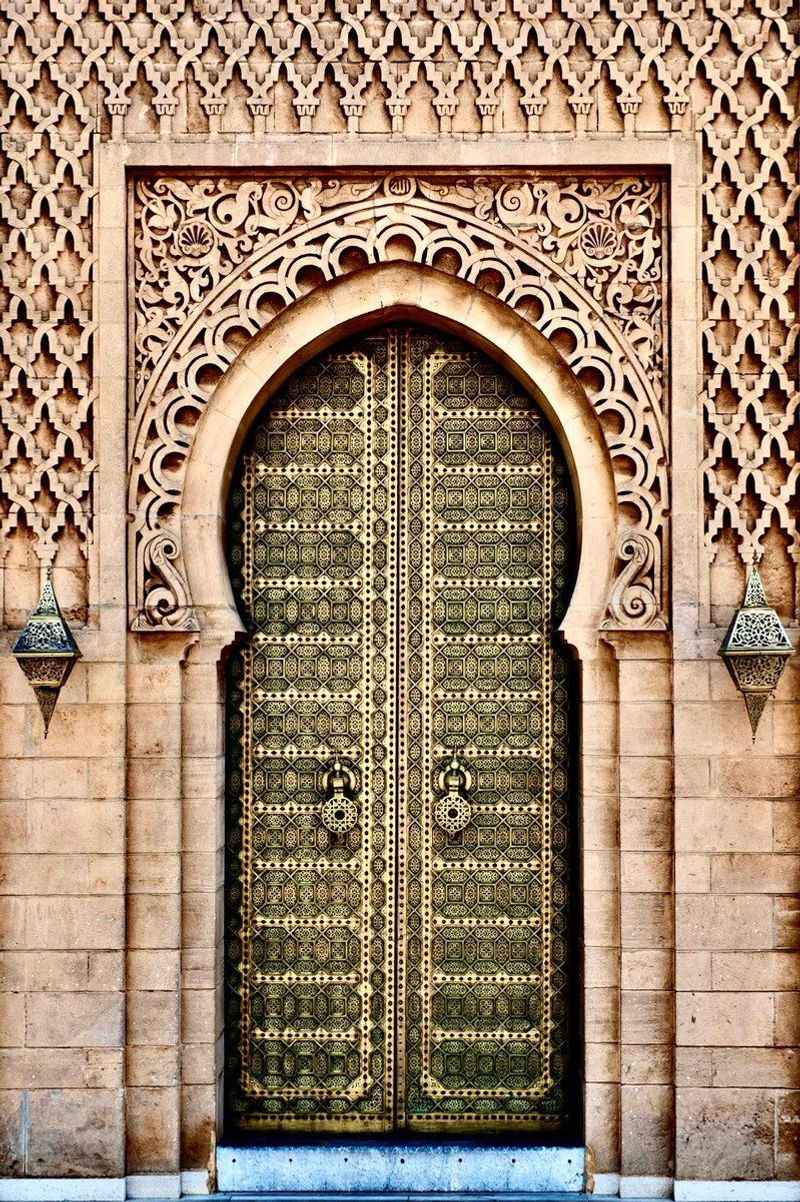
Those famous keyhole-shaped doorways aren’t just Instagram-worthy photo spots! Their distinctive form actually serves multiple practical functions in traditional Moroccan architecture.
The narrow bottom allows only one person through at a time (perfect for defense), while the rounded top accommodates people carrying large items on their heads – a common practice in market towns.
The shape also creates natural air circulation patterns that cool entryways. Next time you snap a selfie in one, remember you’re standing in a centuries-old design solution!
14. Night Sky Ceiling Patterns
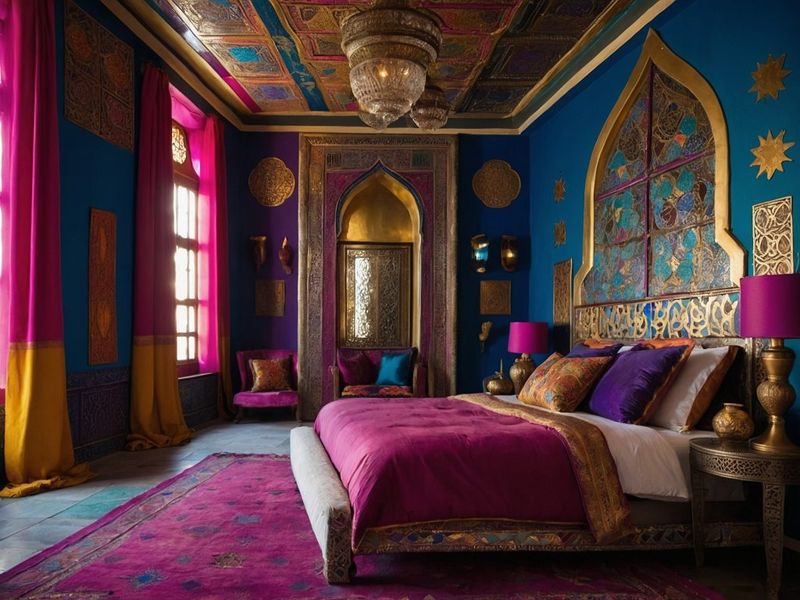
Gaze upward in traditional Moroccan spaces and you might notice ceiling patterns that look randomly beautiful. Look again!
Many replicate actual star constellations visible above Morocco during different seasons. These astronomical references served practical purposes before modern calendars, helping families track planting seasons and religious holidays.
Some ceilings even feature tiny mirrors or metal pieces positioned to reflect light exactly like specific star patterns. Modern designers often copy these patterns without understanding their celestial significance!
15. Secret Storage Benches

Those comfy-looking built-in benches lining Moroccan walls hide a practical secret – they’re actually storage units in disguise! Lift the seat cushions and you’ll discover deep compartments for stashing everything from extra bedding to seasonal items.
In homes where space comes at a premium, these dual-purpose seating areas solved storage problems beautifully.
The bench height isn’t random either – it’s perfectly calculated for comfortable sitting while maximizing storage volume underneath. Many modern versions are sadly built solid, missing this clever functionality entirely!
16. Intentional Imperfection
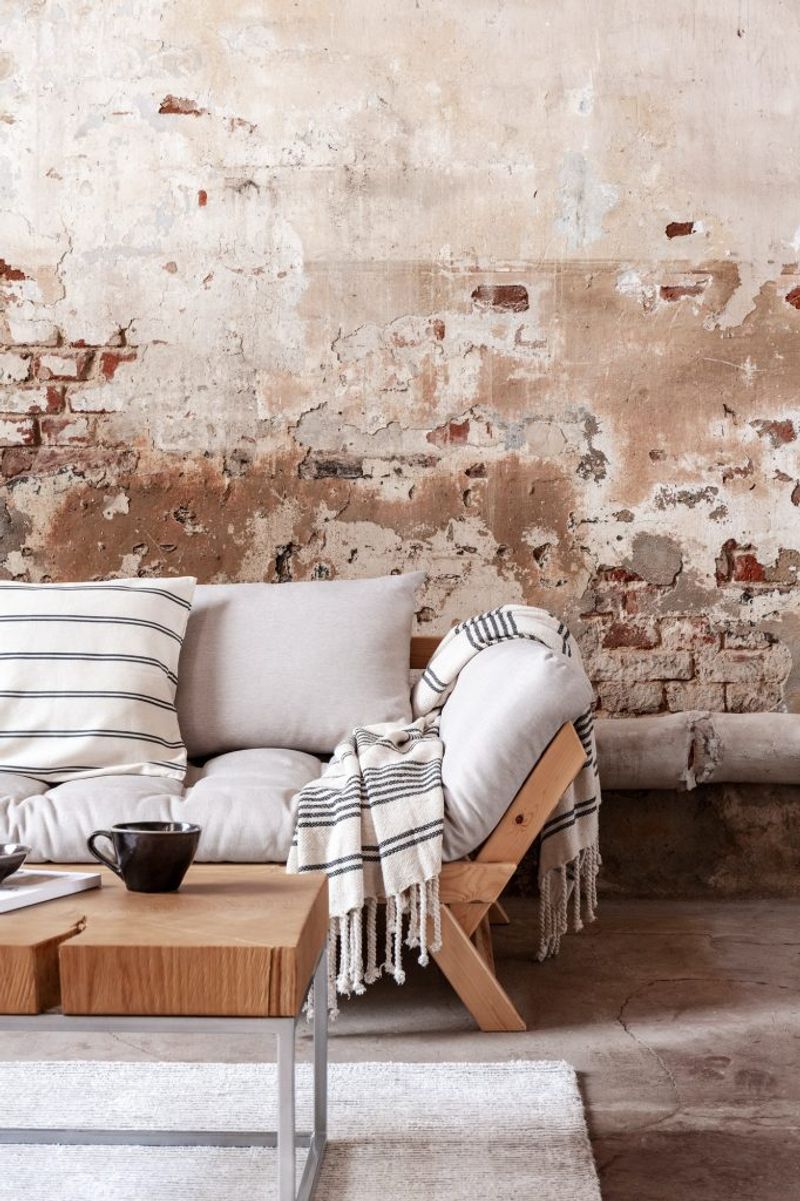
Spot something slightly off-center or asymmetrical in authentic Moroccan design? It’s not a mistake! Craftsmen deliberately introduce minor imperfections because only Allah can create perfection.
This practice, called “the deliberate flaw,” might be a single misaligned tile in a perfect pattern or one different-colored thread in a textile. Finding these intentional “mistakes” is like a treasure hunt for design enthusiasts.
Western copies often miss this spiritual element, creating machine-perfect patterns that lack the humble human touch that gives Moroccan spaces their soul.
17. Rooftop Sleeping Platforms

Climb to the top floor of traditional Moroccan homes and you might find mysterious flat platforms with drainage systems and privacy walls.
During scorching summer nights, families would drag mattresses upstairs to sleep under the stars, catching cool breezes impossible to find indoors.
Many homes include clever built-in headboard walls oriented toward Mecca for nighttime prayers. Modern renovations often convert these spaces to sundecks, losing their original sleep-friendly design features.


